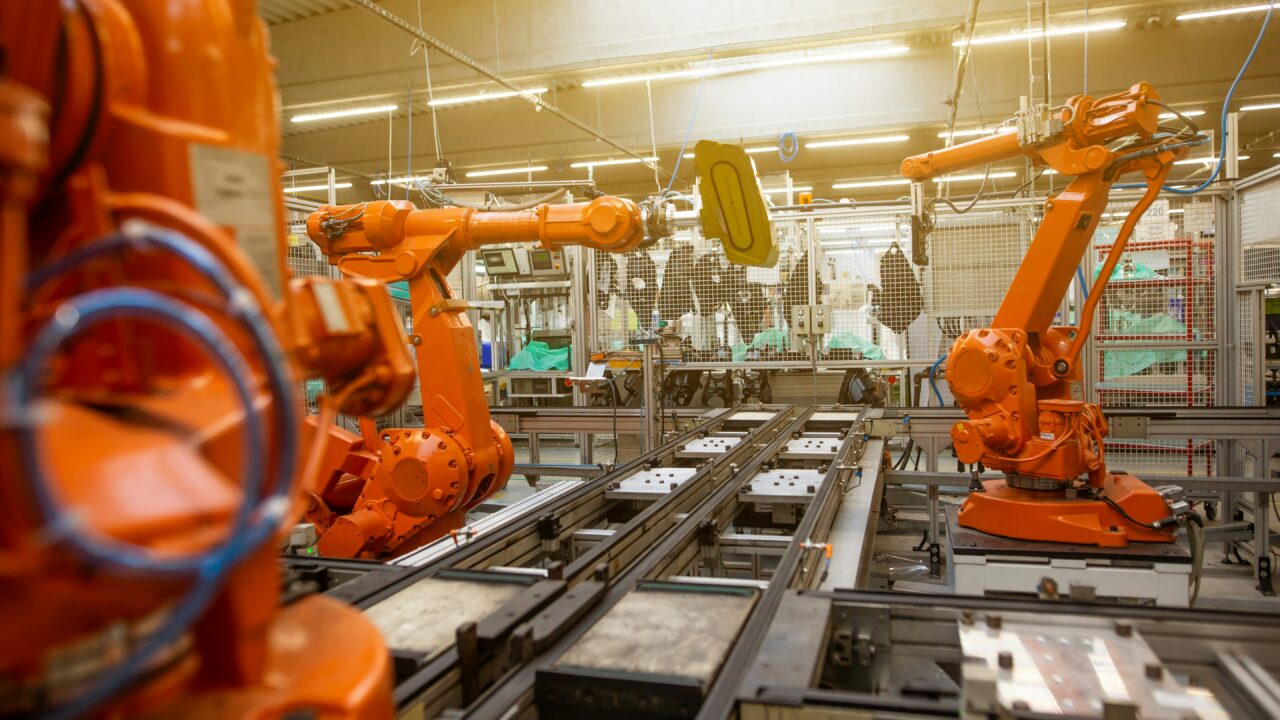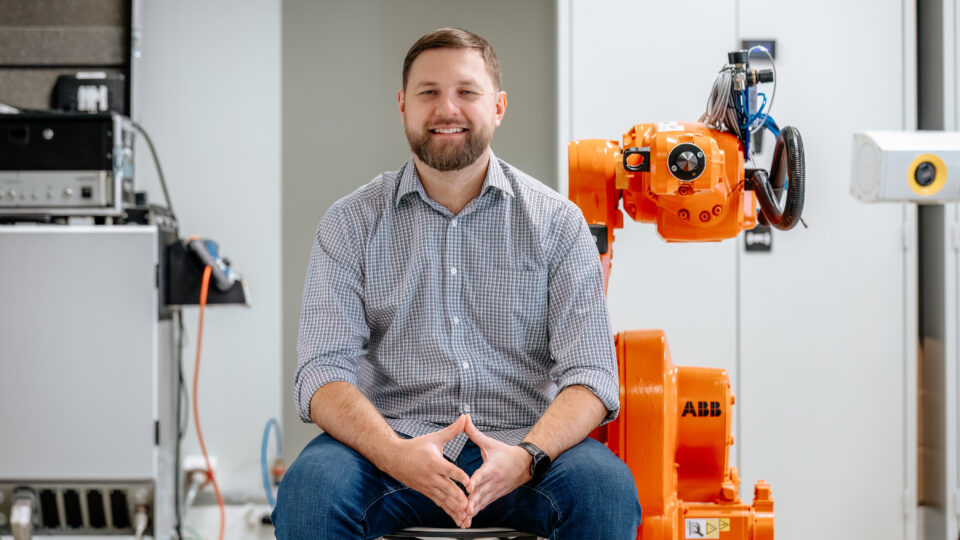“We have large top companies, the leaders in digitalization, but at the same time, there are also smaller and medium-sized companies that are still learning how to make their devices communicate with each other,” said Haran.
“We have large top companies, the leaders in digitalization, but at the same time, there are also smaller and medium-sized companies that are still learning how to make their devices communicate with each other”
Haran emphasized that the greatest untapped potential of smart industry lies in data collection and its targeted use. “Data is the new gold – companies collect it in massive amounts, but many do not use it for decision-making. What sets successful companies apart is their ability to make practical decisions based on data,” he explained.
The hidden potential of smart manufacturing

Although companies often make significant investments in machinery and data systems, the collected data often remains passively unused because they lack the skills and awareness to analyze and apply it in practice. This means that while the necessary information exists, it does not reach management decisions, nor does it help increase productivity or improve product quality. “Data collection is just the first step. The real value emerges when data is used for decisions and actions. The fastest progress is made by those companies that understand that digitalization also means rethinking management processes and work organization,” Haran noted.
In his view, data utilization does not have to be complicated or expensive – even smaller companies can benefit from it. The key is to focus on specific areas where data can provide clear insights and support management decisions. For example, data can be used to monitor raw material consumption, predict equipment maintenance costs, or improve product quality.
“Data collection is just the first step. The real value emerges when data is used for decisions and actions. The fastest progress is made by those companies that understand that digitalization also means rethinking management processes and work organization.”
Leaders and laggards
According to Haran, some sectors in Estonia are significantly more successful in digitalization and automation than others. He highlighted the wood and food industries as positive examples. Success in these sectors is driven by internal competition, which forces companies to continuously improve their production processes and optimize costs to stay competitive and outperform their rivals.
However, success is not solely determined by the specifics of the sector – in every field, there are companies that have managed to get ahead in digitalization and automation. Yet, these companies typically make up only 5–10% of the entire sector, while the rest are still exploring ways and solutions to make their production smarter.
Haran acknowledged that smaller and medium-sized companies often fall behind in digitalization because their resources are limited, making large investments risky. In such cases, the most beneficial approach is to take small, well-thought-out steps. Digitalization and automation should primarily be applied in areas where these changes have a direct positive impact on productivity and efficiency.

According to Andri Haran, Estonian industry is moving towards smart manufacturing, where data and robots work together, making production more efficient and flexible. Photo: Unsplash
The future won’t wait – Estonian industry must dare to dream big
Haran believes that Estonian industry could reach a global level in the next decade – if it can successfully combine the strengths of the ICT sector with traditional industry. “If we can leverage our data analytics and software development skills in the industrial sector, Estonian industry can become globally competitive,” Haran emphasized.
“If we can leverage our data analytics and software development skills in the industrial sector, Estonian industry can become globally competitive.”
However, the success of smart industry will not come by itself – it requires courage from company leaders to invest and develop, and a willingness from employees to learn and acquire new skills. According to Haran, the future of Estonian industry depends on how well it can integrate into the global value chain and offer something unique to the world. This means creating innovative products and technologies while also smartly applying existing solutions.




